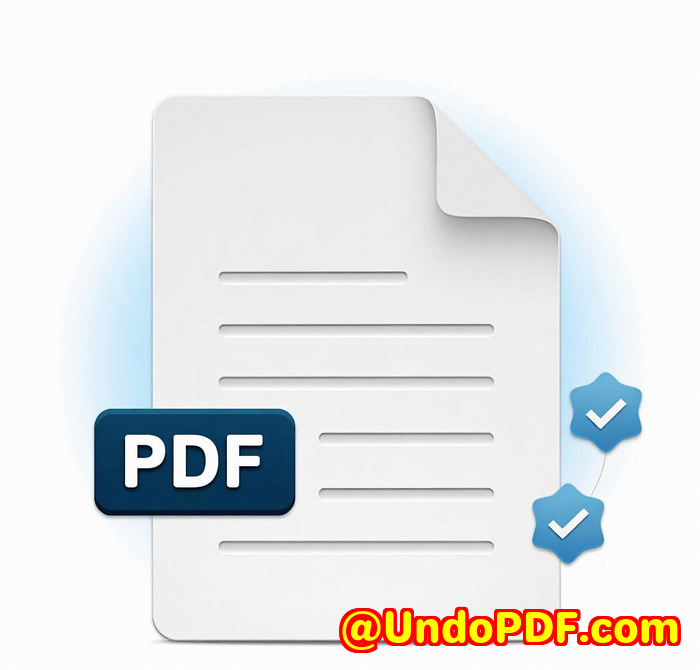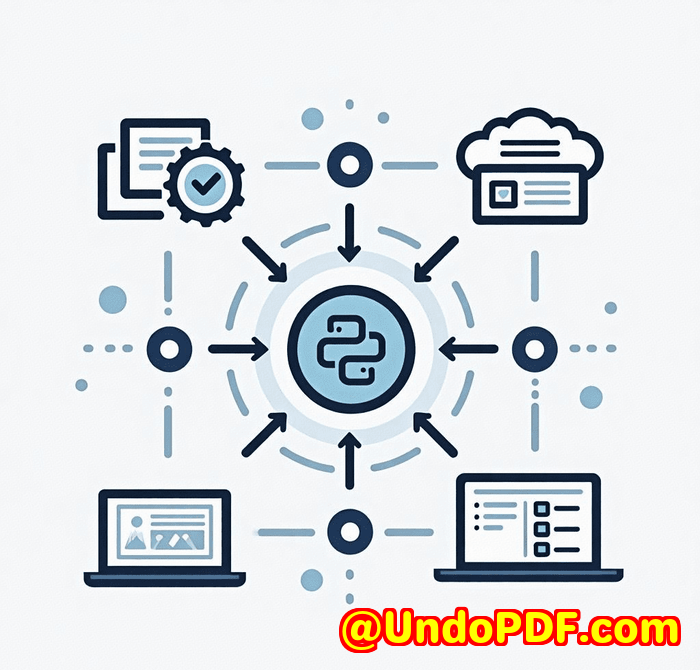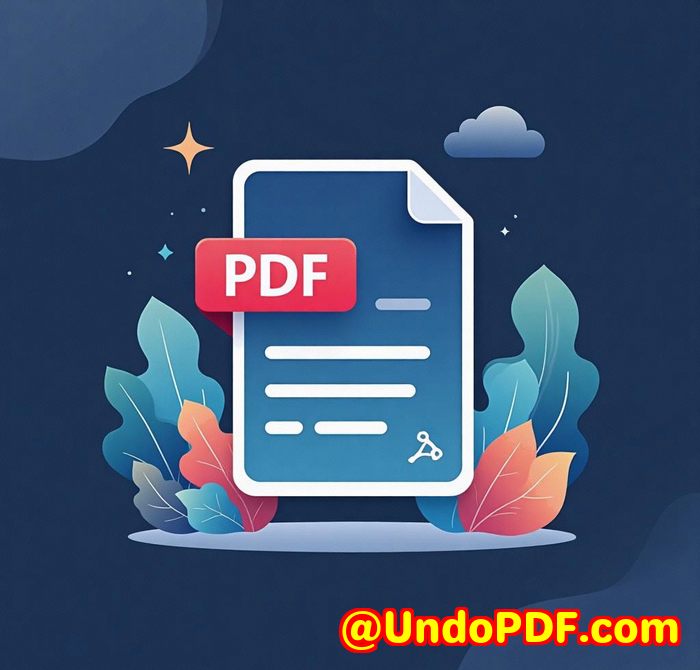Take Screenshots of User Interfaces Without Rendering Animations or Popups
Take Screenshots of User Interfaces Without Rendering Animations or Popups How VeryPDF Website Screenshot API for Developers Made My Life Easier
If you’ve ever tried to capture a clean screenshot of a website or app interface, you know the pain. Animations flicker. Cookie banners pop up just as you click “Print Screen.” Chat widgets slide in, messing up the perfect shot. It feels like you’re wrestling with a digital gremlin every time you need a clear, distraction-free image of a webpage. I was stuck in that loop for months, especially when working on UI documentation and client presentations where every pixel mattered.

That’s when I stumbled upon the VeryPDF Website Screenshot API for Developers. Honestly, it’s one of those tools that feels like it was built just for people like medevelopers, testers, digital marketers, anyone who needs reliable, clean screenshots without fussing with browsers or tedious manual edits.
What Is VeryPDF Website Screenshot API for Developers?
At its core, it’s a powerful API that lets you generate screenshots of webpages with a simple call. No more juggling browser windows, no dealing with flaky browser automation scripts, no manual cropping out banners or popups. It’s like having a magic wand that renders the exact look you want minus all the noise.
If you’re someone who regularly needs screenshots for documentation, QA testing, marketing materials, or archiving web pages, this API is a game changer. It handles everything from blocking annoying cookie notices and ads to disabling chat pop-ups and hiding animationsall without you writing a single line of complicated custom code.
Key Features That Blew Me Away
-
Block Ads, Cookie Banners, and Popups Automatically
One parameter, and boomads are gone. The API taps into a constantly updated database with over 50,000 rules for blocking GDPR cookie forms and social media chat widgets. Before this, I spent ages manually editing or waiting for scripts to catch up with new popups. Now, clean screenshots come out like clockwork.
-
Customisable Rendering Options
Want the screenshot in dark mode? Done. Need to hide certain page elements or simulate clicks to change the UI state before snapping the shot? Covered. The API even supports injecting custom JavaScript and CSS, so if your use case is a bit niche, you can tweak it easily.
-
Screenshots for Any Device and Screen Size
This one saved me during a mobile app launch. I needed screenshots mimicking Apple’s Retina displays and various screen sizes without juggling multiple devices. The API scrolls through pages automatically and triggers lazy loading, so every image and script is rendered before the shotno missing content, no half-loaded pages.
-
Full-Page and Scrolling Screenshots in Various Formats
Whether it’s a GIF animation, MP4 video, or PDF, you can capture the entire webpage content. This saved me tons of time creating presentation materials where a simple static screenshot wouldn’t cut it.
How It Made a Real Difference for Me
Before this, my team relied heavily on browser automation tools like Selenium or Puppeteer. While great in theory, they had a steep learning curve and were notoriously flaky with popups or slow-loading elements. Sometimes, I’d spend hours debugging why a cookie banner wasn’t blocking or why chat widgets kept showing up.
With VeryPDF’s API, I just plug in the URL, set a few parameters, and get consistent, clean screenshots that don’t require hours of post-processing. What stood out was how responsive their support was any weird edge case I ran into was resolved in a few hours, which made my deadlines so much easier to hit.
Also, compared to other screenshot services, VeryPDF’s offering felt much more developer-friendly. The documentation is clear, the SDKs ready to go, and I didn’t need to learn a new scripting language or maintain complex infrastructure.
Who Should Seriously Consider This Tool?
-
Developers and QA Engineers needing reliable UI screenshots without manual intervention.
-
Digital marketers and content creators wanting clean images free from ads and popups.
-
Product managers and UX designers who want to document UI changes across devices.
-
Legal teams and compliance officers needing accurate, tamper-proof webpage snapshots for audits.
-
Archivists and researchers preserving webpages without the clutter.
If you’re dealing with any of these, the time saved alone justifies giving this a try.
Why This Beats Other Tools Hands Down
-
Other tools require managing whole browser clusters, which means more overhead and more things that can break.
-
Many screenshot APIs don’t handle pesky popups or GDPR cookie banners well, leaving you with unusable shots.
-
Customisation is often limited, forcing you to do manual fixes later.
-
VeryPDF’s API removes all these hurdles with a simple, robust interface that’s backed by a smart blocking engine and real-time updates.
Wrapping It Up Why I Recommend VeryPDF Website Screenshot API for Developers
If you want clean, precise screenshots of user interfaces without animations, popups, or ads, this tool is your new best friend.
It saved me tons of hassle, let me focus on actual work instead of fighting browser quirks, and gave me a dependable way to capture exactly what I need, when I need it.
I’d recommend it to anyone who deals with webpage screenshots regularlydevelopers, testers, marketers, and beyond. Try it for yourself and see how much smoother your workflow gets.
Click here to try it out: https://www.verypdf.com/online/webpage-to-pdf-converter-cloud-api/
VeryPDF Custom Development Services
VeryPDF goes beyond ready-made tools. If you have unique needs, their custom development services cover everything from PDF processing on Linux, macOS, and Windows, to creating virtual printer drivers that generate PDF, EMF, and image files seamlessly.
They also handle tricky tasks like intercepting Windows print jobs or monitoring APIs with hook layers, plus advanced document format processing, barcode recognition, OCR, and more.
Need tailored automation or specialised integration? Reach out to VeryPDF’s support center at http://support.verypdf.com/ and discuss your project requirements. Their expertise spans Python, PHP, C++, Windows API, mobile platforms, JavaScript, .NET, and beyond.
FAQs
Q: Can the VeryPDF Website Screenshot API block all cookie banners and ads?
A: Yes, it uses an updated database of over 50,000 rules to block most cookie banners, GDPR forms, ads, and chat widgets automatically.
Q: Does the API support custom screen sizes and devices?
A: Absolutely. You can specify any screen size or pick from predefined device profiles, including Apple Retina displays.
Q: Can I automate screenshots of pages with lazy-loaded content?
A: Yes, the API automatically scrolls pages and triggers lazy loading to capture the entire visible content.
Q: Is it possible to inject custom JavaScript or CSS to modify the webpage before screenshotting?
A: Yes, this feature lets you tailor the page rendering to your exact needs without complex workarounds.
Q: What formats can I get screenshots in?
A: The API supports static images (PNG, JPG), full-page PDFs, GIF animations, and even MP4 video captures.
Tags / Keywords
-
VeryPDF Website Screenshot API
-
Block cookie banners and ads screenshots
-
Automate UI screenshots
-
Webpage screenshot automation
-
Capture clean webpage images



